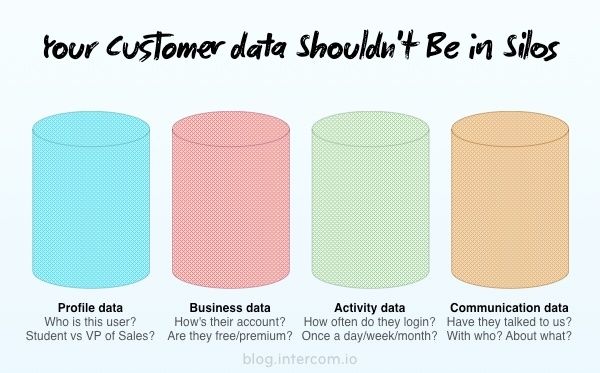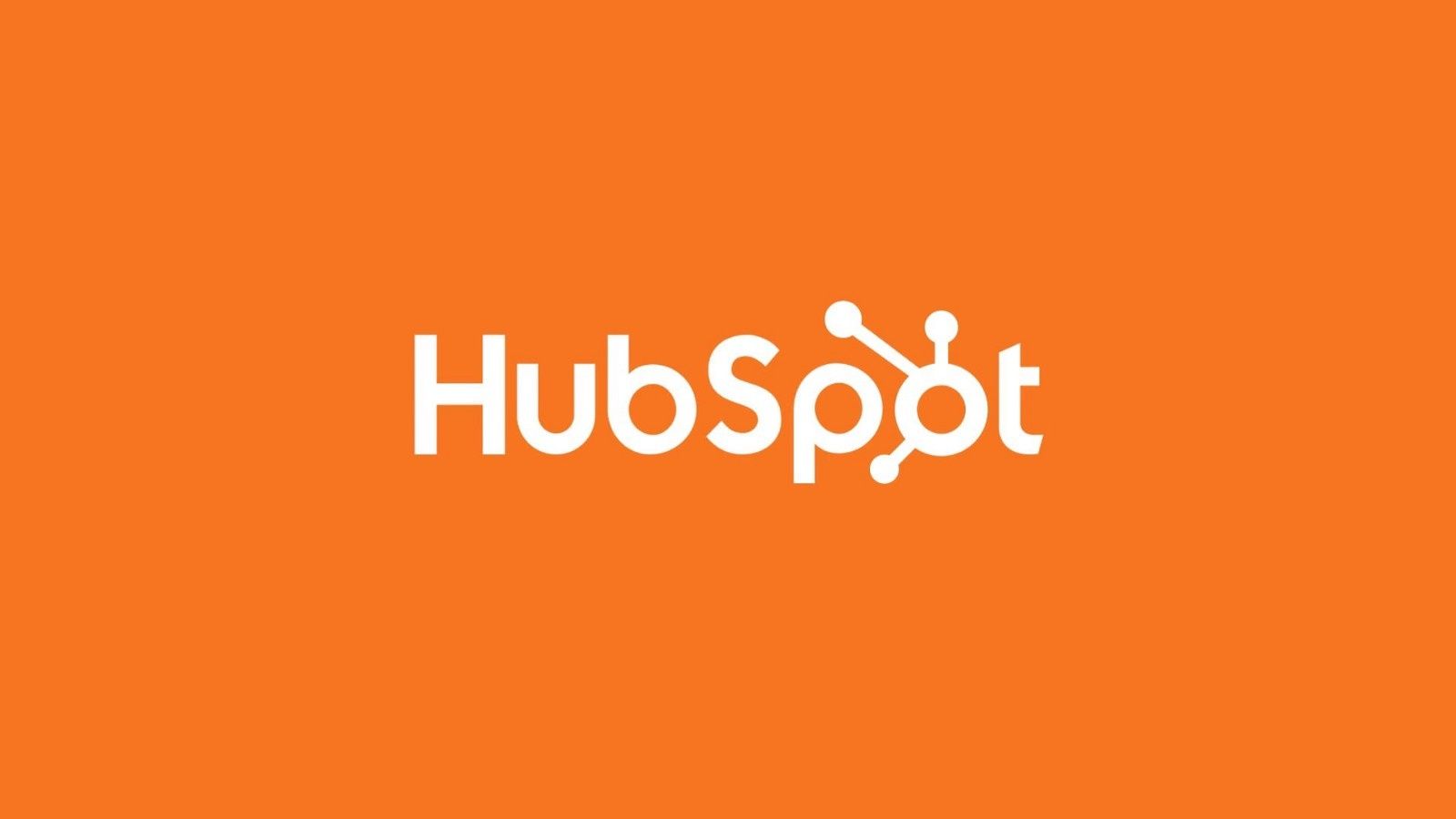
In recent years, an increasing amount of tech companies have discovered and embraced inbound marketing. A more organic way to get audience attention, generate leads, and convert customers and subscribers is a godsend for an industry that seems tailor-made for the concept.
Unfortunately, this rise in inbound marketing has brought with it some unfortunate side effects. Each aspect of inbound marketing, from SEO to social media management and listening, deserves attention.
So naturally, each of them has given rise to countless solutions pledging to be your ideal partner to perfect your inbound marketing.
A total of more than 5,300 MarTech solutions exist today, and the average organization now deploys 16 of these solutions. Depending on the size of your tech company, that number can rise as high as 98.
But each provider's value proposition and your inbound marketing success should be supercharged. But in real life, these hypothetical benefits quickly turn into problems.
4 Dangers of MarTech Overload for Tech Companies
As a tech company, you probably have a data platform like Analytics set up. You might rely on MailChimp for your email marketing, Unbounce for your landing pages, and Hootsuite for your social media management. Or other solutions that fall into the marketing technology arena.
In isolation, each of these is a great platform. But in reality, hyper-fragmentation of MarTech solutions can lead to significant roadblocks to your inbound marketing success. Consider:
1) The Emergence of Data Silos
Each MarTech platform gathers its own data. The data collected is relevant to that solution, so why would its processes stretch beyond?
When you email potential subscribers through MailChimp, you can quickly glean delivery, open, and click-through rates. Through HootSuite, you can better understand who interacted with your tweets and post.
Unbounce helps you understand conversion rates, and Google Analytics tracks web visitors, bounce rates, and time on page.
The problem: all of this undoubtedly relevant data gets collected in isolation. Perhaps MailChimp could benefit from a format that allows emails to be sent only to recent web visitors, or those who engaged with your Tweets. But because of the automatically generated data silo, executing that type of integration is next to impossible.
Data silos can kill your marketing effectiveness. Gartner estimates that companies across industries lose 10 percent in revenue from fragmented data alone.
For tech companies, who rely on advanced platforms to a larger degree than others, the revenue loss may be much greater.

2) The Problems With Competing Values
Data silos are the most obvious danger of MarTech fragmentation, but they're far from the only one. Another important point of consideration are the competing values many of the individual platforms propose.
Google Analytics, for instance, collects data and offers functionality specifically related to website visits. It integrates with Google AdWords, which includes a keyword research tool. But that tool is for paid ads only, so you might deploy a third-party service like Moz or BrightEdge to optimize your organic SEO.
The problem: if you use multiple platforms, their values tend to compete with each other and your larger marketing goals. MailChimp's explicit aim is not to generate more customers for your business, but to help you send beautiful emails. Google Analytics, meanwhile, wants to "bring data to the masses."
Data and aesthetics don't always go well together, which can lead to problems if you try to integrate both tools for a singular goal--let alone 16. Marketing technology can create an overload if not synced well with your objectives and your apps talk to each other.
3) The Blindspot of a Holistic Customer Journey
Combine the first two points, and you begin to realize: MarTech fragmentation can lead to a significant blindspot in your marketing efforts. Rather than trying to guide your customer from the first touch to brand loyalist, as inbound marketing aims to do, you consider each stage of the journey in isolation.
As a result, inbound marketing tends to get less strategic and more tactical. You begin to consider different tools for each stage of the buyer's journey, complete with their own unique advantages and features.
The problem is that your audience doesn't look at themselves in terms of funnel stages. For them, the entire journey is integrated and should be smooth.
If the seams begin to show because your social messages look significantly different from your emails, or your landing pages suffer from a disconnect to the follow-up messages, their chances of conversion will decrease drastically.
.png?width=640&name=holistic-Customer-Journey-Strategy%20(1).png)
4) The Annoyance of Fragmented Reporting
Finally, consider the inherent problems of fragmented reporting. With a plethora of individual solutions, it becomes almost impossible to track a holistic set of data for a single customer, let alone your entire prospect pool.
Sure, MailChimp will report open and click-through rates, while Google Analytics tracks visits and conversions on the backend. But what if you need to connect the two? In that case, you have to either pull multiple reports or combine them manually in your own, custom solution.
That problem becomes even more evident once you consider the different ways in which various MarTech solutions track their data.
For instance, Google Analytics tends to sample your visitors for large audience groups, which results in less accurate reports for individual campaigns. If you cross-reference your visitors with HootSuite or MailChimp, these discrepancies will begin to become obvious.
The Solution: Integration that Leads to Inbound Success
So what should your tech company do? As you move deeper into inbound marketing, how can you navigate the jungle of MarTech solutions available to ostensibly help you increase lead generation and conversion?
The easy answer is the integration of your marketing technology. The more you can integrate your inbound marketing efforts, the better.
That might be as simple as finding a reporting and analytics solution that can pull in data from all sources onto a singular dashboard or reporting framework. Through increasingly open APIs, platforms like MailChimp and HootSuite have made this step possible.
But ideally, your integration should go further than the reporting. Consider working with an inbound marketing partner who can handle your efforts for you, seamlessly integrating various solutions to a singular inbound framework.
A full-suite inbound marketing solution like HubSpot, which combines many of the functions that more fragmented MarTech solutions provide in isolation, also makes sense.
Contact us to learn more about both options, and take the first step toward your integration and inbound marketing success.













